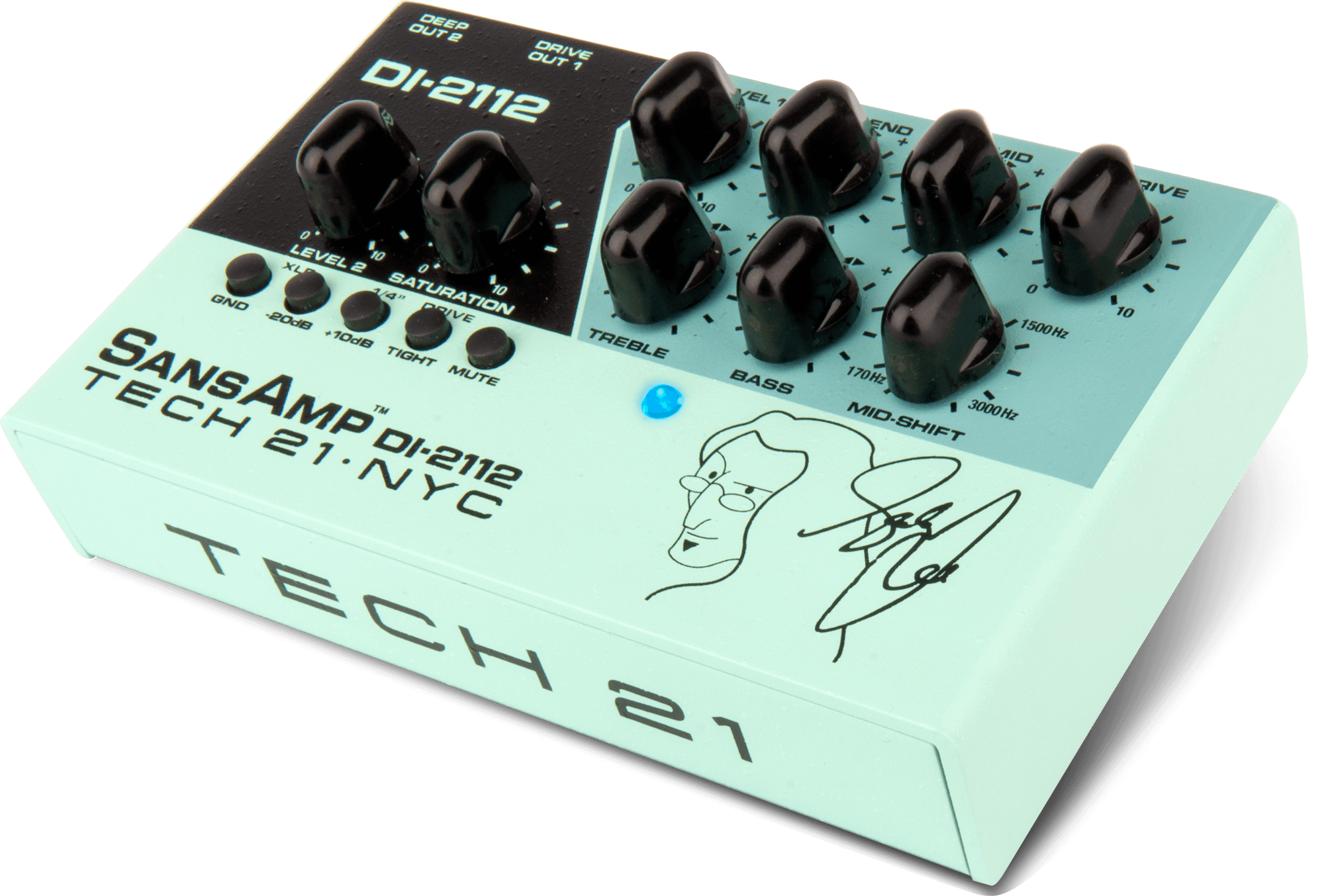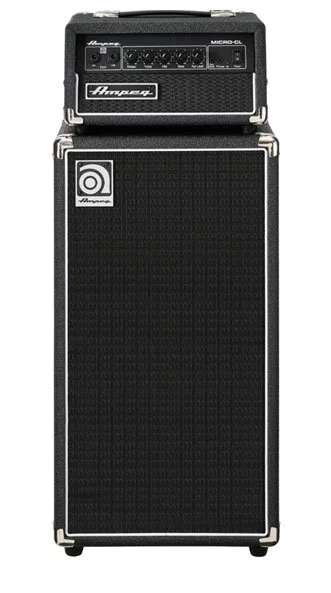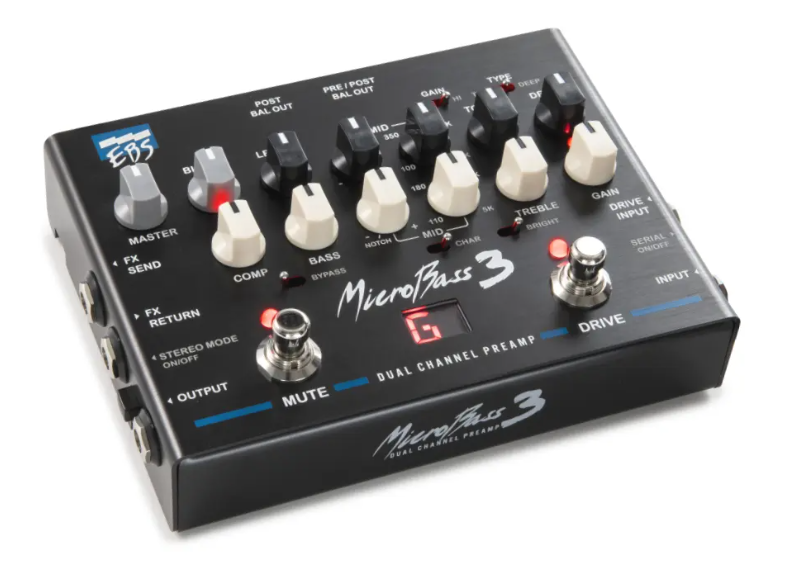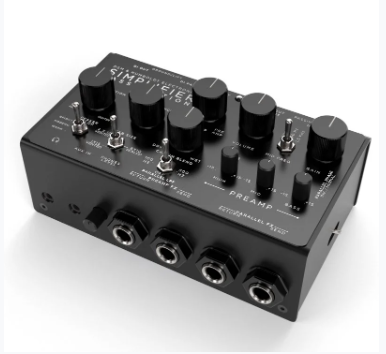Amplifier Alternatives for Bassists
Hey folks, welcome back to That Guitar Lover. This time I want to talk about amplifier alternatives for bass players. All you guitarists, stick with us, because what is shared here can apply equally well to guitar players, although the devices will vary a bit.
I cannot recall when I first went to see Rush and was surprised not to see bass amps or cabinets. I believe at the time, that Mr. Geddy Lee was using a Palmer Speaker Simulator direct to the PA and filled the stage space with props. I do not recall if tumble dryers or chicken rotisseries were first, but it was the first time for me to see no amps, and still hear awesome bass tones.
Geddy Lee DI-2112
Today you can find from TECH21 | NYC the DI-2112 signature bass pedal. You can certainly use it with a bass amp, but you can also use it as a direct input to the PA or desk. It’s a very nice device with two different output channels. But it’s not the only option so let’s look at the why one would use one first.
The Ampeg SVT and 8x10 Cabinet
I could probably stop right there. Ask any bassist or bass aficionado to name a popular bass amp system and you will get this. It’s a monster in both size and weight, and has it’s very own sound that is very distinctive. It can also shatter glass at some distance and give those who have to carry it around crippling back pain. When I was much younger, I really wanted one. I found one in a state of real road worn repair (long before fake aging was a thing) and while I could move the head myself, the cabinet was not going anywhere without some significant help and a pickup truck. I did not buy it.
The First Alternative
So I went to a smaller more portable bass amplifier. It was not tube based but sounded ok and was the first in a string of Fender Bassman amps. I would buy one, find it good, trade it in for more power, repeating until I got to the point where it was too big to haul around and despite what I thought was good work by Fender, it just wasn’t delivering the tone that I wanted. It got buried under other stuff.
The Second Alternative
Ampeg Micro-CL
A few years ago, my friend Peter introduced me to the Ampeg Micro CL. It’s a separate head and cabinet, with very decent power, a tall but not wide 2x10 cabinet and sounds somewhat like an SVT without the ability to heave me across the room. It sounds great with my four strings, including the fretless, and pretty good with my Fender 5 string. Not so good with the Ibanez Multiscale 5 string and definitely not the route for the Sire 6 string. It’s still relatively small and sort of portable so it remains in the studio.
A Real Alternative
About two years ago, I was revisiting the R40 tour materials and kept coming back to the lack of on stage bass amplifiers. I started thinking about this to a greater extent. I looked of course at the Sansamp offerings from TECH21|NYC but also availed myself of the time to learn about options.
EBS MicroBass 3
I had built a DI only board for guitar, and so decided to do the same for bass, that would run straight into an Apollo interface. All I needed was a high quality preamp to produce a line level out without any amplifier or cabinet simulation as I would do all of that in post production. Having a two channel preamp, with a clean channel and a drive channel would be a bonus. After much research, I chose the MicroBass3 from EBS of Sweden. For this purpose it is absolutely brilliant. It has a good EQ section and a really quiet compressor for the clean channel, and I can get that clean signal with or without the EQ via a switch. As I have an excellent SVT plugin as well as a superb cabsim plugin for a certain 8x10 cabinet (amongst others), this got me to where I wanted to be. Unlike a real amp, I didn’t get the body feel from this route but it also didn’t shake the place and annoy the neighbours. I have tried a number of preamp only devices and in my opinion, the MicroBass 3 is top of my list in this space.
An Alternative Alternative
The EBS MicroBass3 is what I use most of the time when recording. While I can take the output and fire it through an FRFR and have it sound good, as it is missing the amplifier and cabinet simulation capability (as intended, no fault of EBS), I went looking for a home use amplifier. I tried one of the Fender Rumble series. Fine I guess but it did nothing for me, so I returned it well within the return period. I really cannot validate an instrument, pedal or amplifier in a guitar store. I don’t want to disturb the other patrons, and the acoustic layout of a store is no indicator of how things will sound where I play. Your mileage may vary. What I found was that to get a better sound than the Ampeg CL, I liked something with a lot more power and a really big cabinet. Yup, I picked a Mesa Boogie Subway head and an Ampeg 4x10 classic cabinet. I was ready to pull the trigger, but took a couple of days to think about things and realized I was just creating a different kind of space and volume problem.
DSM & Humboldt Bass Station
I wrote some time ago about the DSM & Humboldt Simplifier for Guitar. At the time, I also bought a DSM & Humboldt Simplifier Bass Station for bass and wired it up for headphone practice only, and then promptly started ignoring it. So it goes. As my kit had expanded to overtake another room in the house, I put the Bass Simplifier there, with no effects at all and instead of headphones, ran it into an XLR switcher so I could share a large FRFR cabinet between it and a REVV D20 guitar head’s DI out.
Oh ho! Now that’s a bit of goodness surprise! The Bass Station has an excellent preamp and while it is not multichannel like the MicroBass 3, it does split the input into parallel so one goes through the preamp and the other goes through uneffected. The preamp is modeled to sound like an SVT so while there is no drive channel, you can push the preamp site and get that Ampeg growl. I was missing this with the headphones but it became quickly apparent coming through the FRFR. The midrange tone is parametric for more focused control. There are two separate FX loops available, and I will be testing some different compressors in the loops over the coming weeks. I suspect that I will fall on the Origin Effects Bass Compressor, but I will let you know what I decide.
Where the DSM & Humboldt Bass Station really excels is in its cabinet simulations. These are baked into the unit. There is, as you would expect, a closed back 8x10 option, but there is also a really warm open back 1x15 and a very nicely balanced open back 4x10 option. As you would find in a pure IR tool like from Two Notes. you also can control the microphone position for the cabinet and also have a resonance control for high and low end resonance. There is also a speaker colour switch for Modern, Warm and Bright that has a tangible impact and creates more options for you. My only complaint about the Bass Station is one of its strengths. It’s very small and so are some of the controls. So it goes, but all things considered, I still think it’s one of the best options out there for general purpose amp replacement, direct to PA via XLR or direct to recording interface via XLR. If I run it direct to the interface, the preamp and the cabinet are already set, so that’s not something that I will do in post via plugins, but it really has not troubled me. There is a DI Parallel only out (no preamp) if you need that.
Closing Thoughts
I confess that so long as the sound is good, I can live without the physical oomph of a full power amp and cabinet for bass. I like that for sure, but the weight, space and cost tradeoffs are not warranted since I play only for my own enjoyment and I am already encroaching into lots of space in my home. I can use either the MicroBass 3 or the Bass Station with headphones if I wish, and both make suitable entry points into a recording interface. If I want maximum control in the DAW, then the answer is absolutely the MicroBass 3 with it’s dual channel option and no colouration of preamp and no cabinet sims. If I want to play through a nice FRFR and have the sound of different cabinets as well as the parallel path of perfectly clean as well as preamp impact, the Bass Station works. Both are small enough to fit in a gig bag and either can be used direct to a PA if needed. Does this mean that I will never add a traditional bass amp? I don’t know, Yoda said something about the future being cloudy, but for right here right now, I have answers that absolutely work. Thanks for reading and until next time, peace.




